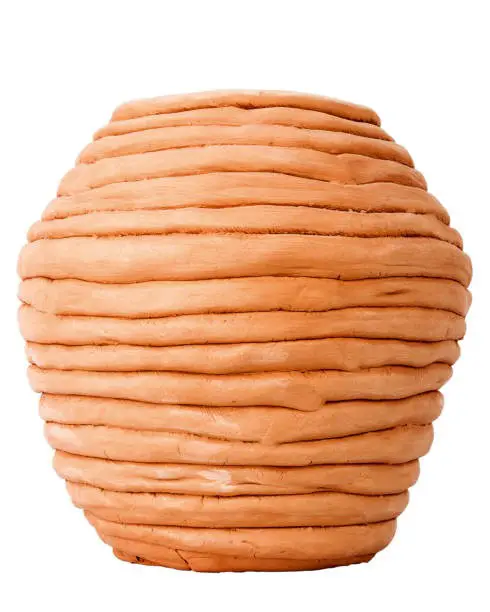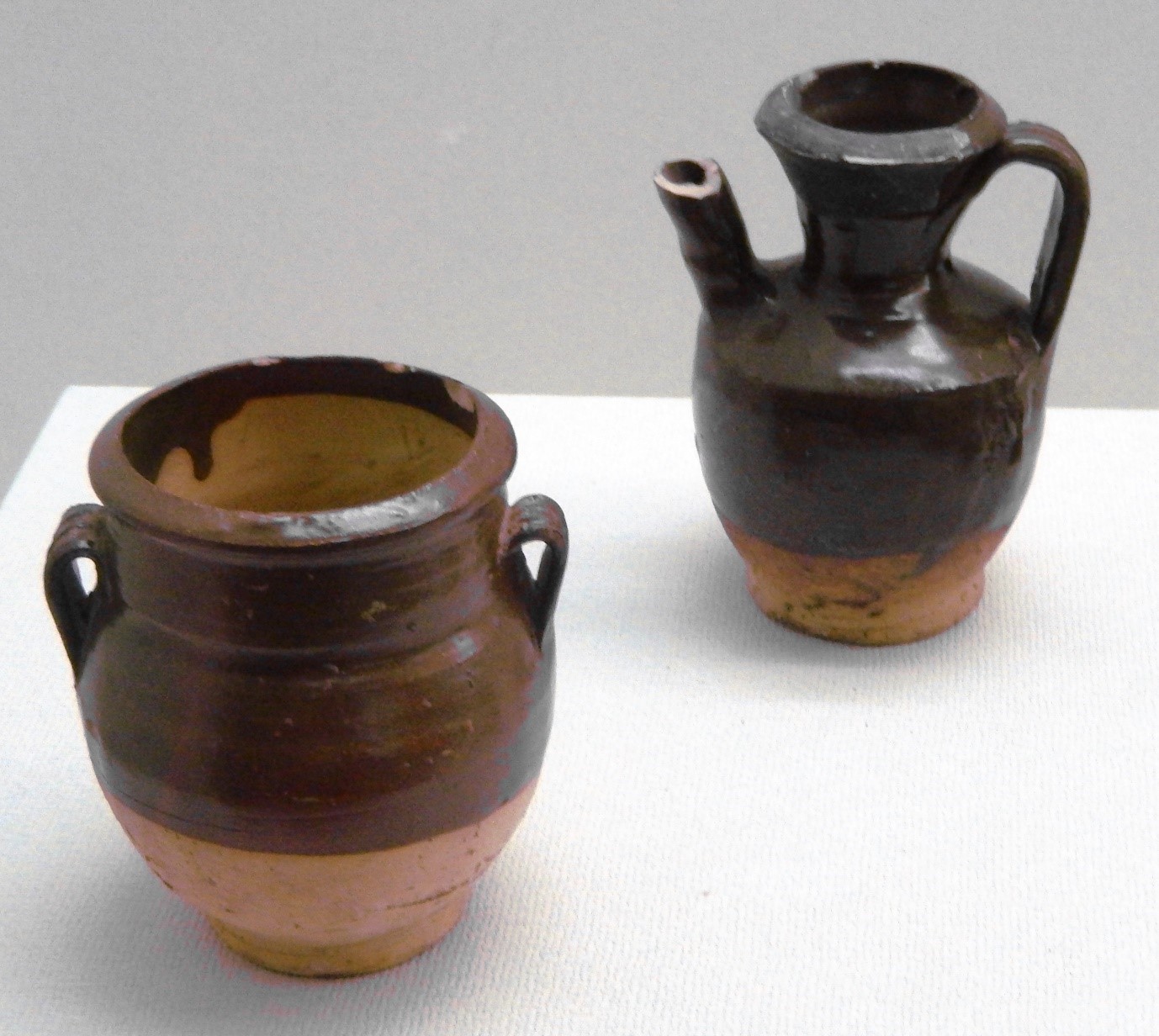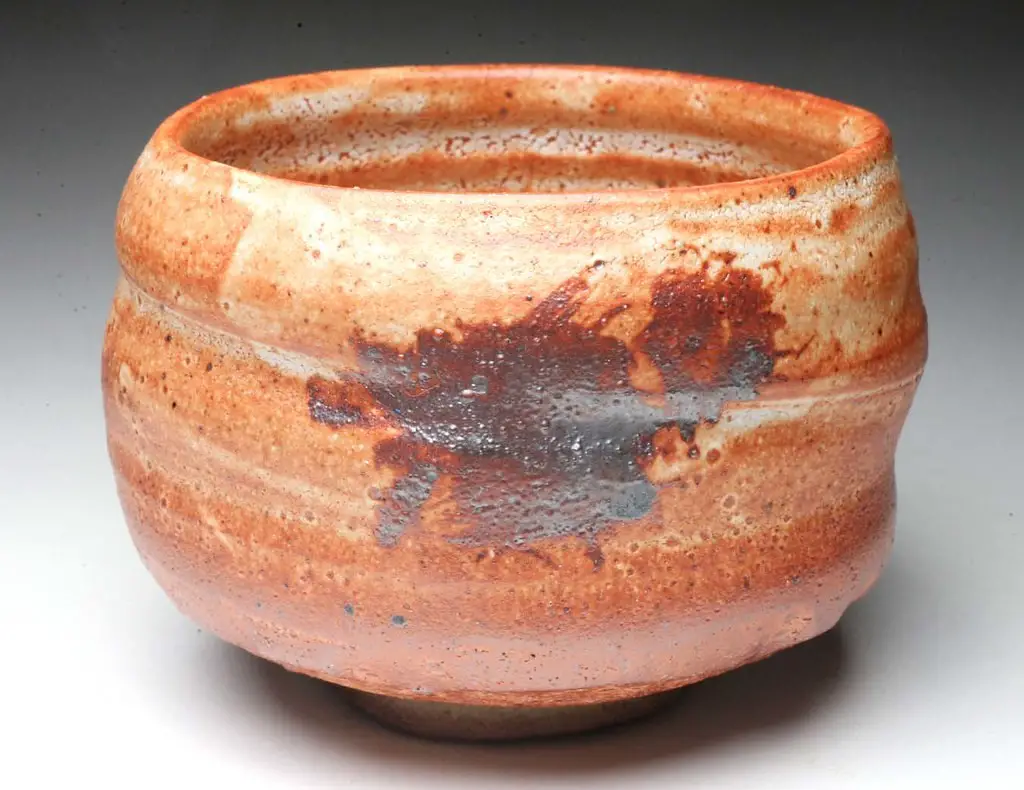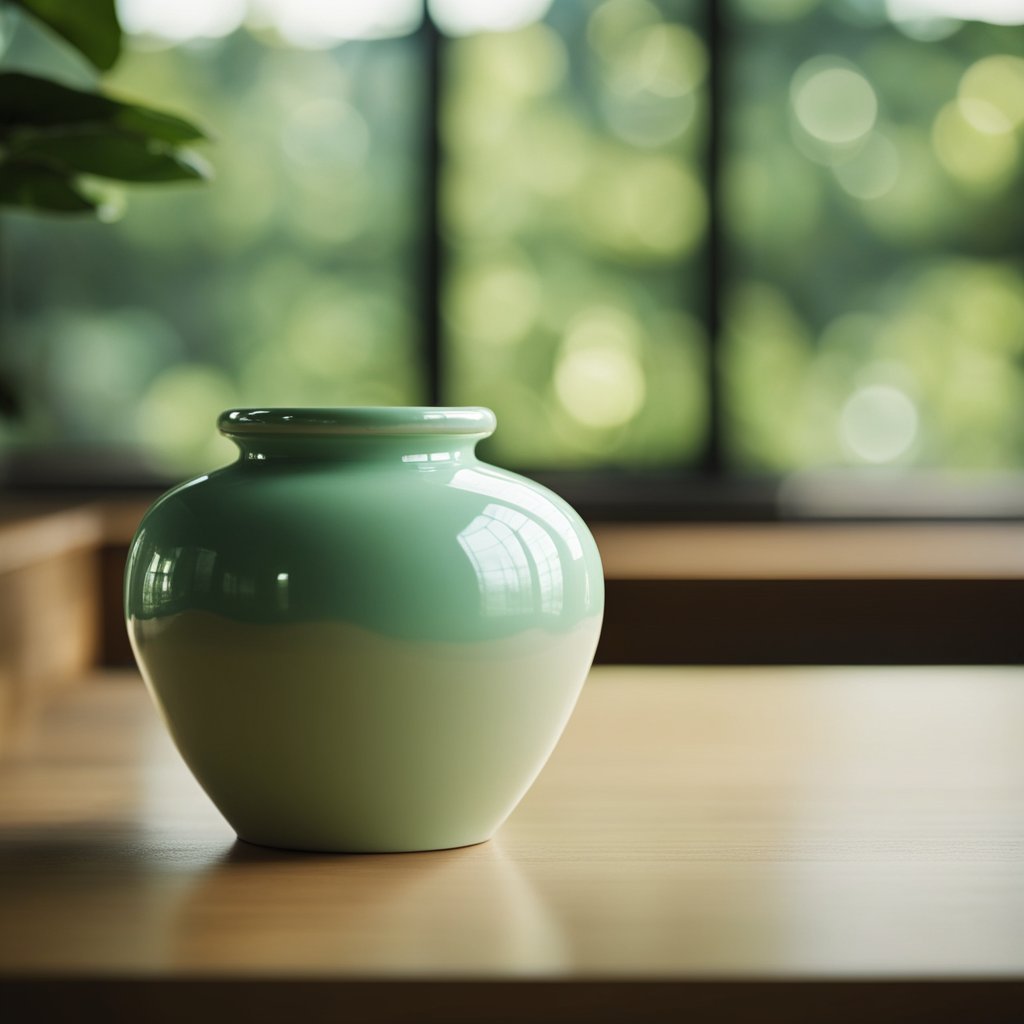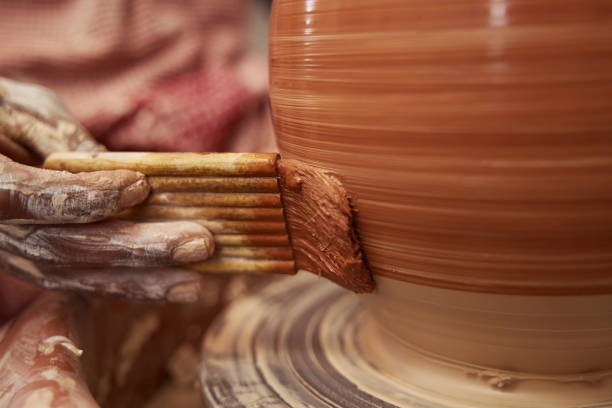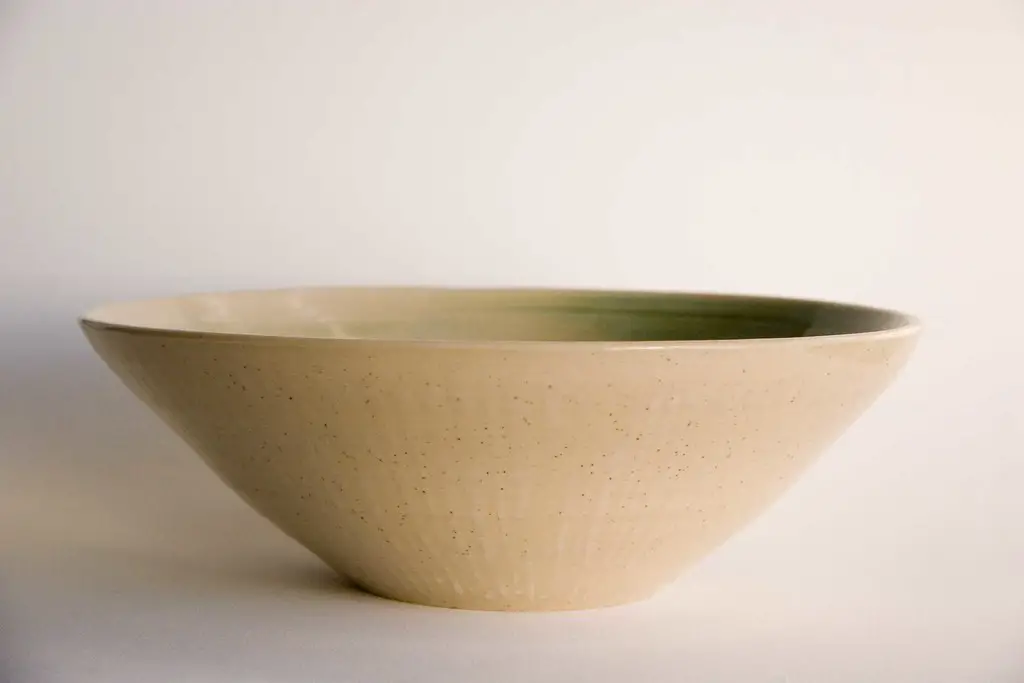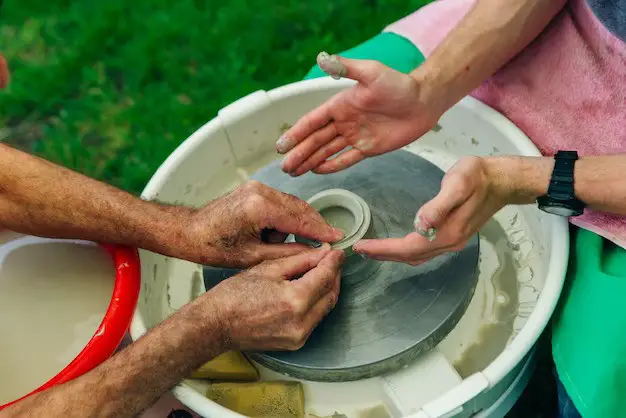Coil pottery is a method in which potters create pots from clay coils, giving an organic touch for self-expression. Starting with clay preparation through wedging, coils are piled to make vessel walls, followed by smoothening to get the desired shape. Artists create vases, bowls, toys, jewelry, and sculptures with dynamic shapes and textures. Mastering coil pottery requires patience and effort, but avoiding common mistakes, including improper preparation, poor coil construction, and rushing the process, improves artistry. This article delves deep into each common mistake and helps you figure it out.
How is Coil Pottery Made?
Coil pottery is a method of pottery where artists make shapes and vessels using coils or ropes of clay. This pottery method gives the artist an organic touch to express themselves. The coil pottery process starts with the preparation of clay. It is usually done by wedging the clay to remove the air bubbles. Then, the clay is rolled out as coils and layered one on the other. Gradually, you will see the building walls of a vessel. The coils are then smoothed and shaped using careful manipulation and blending to get the required form. Using this method, artists create vases, bowls, toys, jewelry, and sculptural pieces that feature texture and dynamic shapes.
Common Mistakes You Should Avoid in Coil Pottery

Coil pottery is an old-age technique that allows artists to express their creativity. But like the other methods of pottery, like wheel throwing, coil pottery also requires effort, patience, and attention to detail. It is essential to be aware of common mistakes that can hamper your progress and the quality of your work. Understanding and avoiding these mistakes can help you take your coil pottery talents to new heights and create beautiful works showing creativity and dedication. Make sure you avoid the following coil pottery mistakes:
1. Not Doing Proper Preparation
One of the most common mistakes beginners make in coil pottery is failing to prepare the clay properly. Failing to wedge the clay properly can result in uneven texture and air pockets, weakening the vessel’s stability. Without proper preparation, your coil pottery may crack and collapse throughout the drying and fire. Take the time to properly wedge your clay before beginning your project to provide a smooth and uniform surface.
Imagine you have decided to make a considerable coil pottery vase. Before you begin construction, wedge your clay thoroughly for a few extra minutes. This easy step will provide a firm foundation for your project and prevent future problems.
2. Poor Coil Construction
Another typical mistake is improper coil construction. It includes discrepancies in coil thickness, uneven stacking, and incorrect coil blending. When creating your pottery piece, try for consistency and stability in your coils to ensure a strong and coherent structure. To achieve the best results, avoid hurrying through the stacking procedure and instead, align and smooth each coil individually.
Pay close attention to the thickness and alignment of each coil as you layer them to form the walls of your pottery bowl. Take a moment to merge the edges seamlessly, resulting in a smooth transition between layers and a solid foundation for your vessel.
3. Ignoring the Structure
Ignoring the structural strength of coil pottery could result in collapse or distortion during drying and fire. Look at your vessel’s proportions, balance, and weight distribution throughout construction. Strengthen weak parts and identify potential stress locations to avoid distortions and extend the life of your form. Say you’re creating a coil clay sculpture with beautiful intricacies and delicate features. Before finalizing the design, check the structural stability of your artwork and make any necessary changes to support its weight and complexity.
4. Rushing During the Drying Process
Patience is necessary for drying coil pottery. Rushing the drying process can result in uneven drying and the breaking or warping your item. Let your pottery dry gently and evenly, away from direct sunshine and heat sources. Rotate your piece frequently to help with even drying and reduce the possibility of distortion. For example, after completing the creation of your coil pottery vase, resist the urge to speed up the drying process. Instead, please place it in a cool, dry location with enough air circulation and let it dry gradually over several days or weeks.
5. Neglecting Surface Treatment
The surface treatment of your coil pottery can have an essential influence on its overall appearance and longevity. Failing to smooth and refine the surface can lead to harsh textures and uneven finishes. Take the time to burnish and polish your pottery with ribbons, sponges, and paddles. Experiment with decorative techniques like carving, incising, and slip trailing to improve the appearance of your piece. For example, consider enhancing the surface treatment as you finish your coil pottery bowl. Experiment with various textures and patterns, and use tools and techniques to create a one-of-a-kind and visually appealing design.
The GYILORO Clay Sponge Tool is one of the best tools in the market. You can use these durable sponges to smoothen out any rough textures on your form.
6. Lacking Firing Technique
Firing is an essential step in the coil pottery process that requires precise control over temperature, time, and atmosphere. Improper firing methods can result in underfired or overfired pottery, reducing its strength and stability. To get the best results, get familiar with the properties of your clay and glazes, and stick to the prescribed fire times. Before loading your coil pottery pieces into the kiln, review your firing schedule and make any necessary changes based on the clay and glazes you use. Monitor the temperature and the atmosphere during the firing process to guarantee even and constant heating.
7. Underestimating the Process
Coil pottery is a complex and detailed art form that requires commitment, perseverance, and lifelong learning. Underestimating the process’s complexes and the details can end in frustration and disappointment. Enjoy the challenge of mastering coil pottery by drawing inspiration from other potters, attending workshops, and experimenting with new techniques. Be patient and resilient when facing failures and hurdles with coil pottery. Consider each difficulty an opportunity to learn and grow, honing your abilities and broadening your creative horizons.
Conclusion
Coil pottery is a brilliant way for artists to channel their creativity into art. From the first stages of clay preparation to the tedious shaping process, coil pottery helps the production of vases, bowls, toys, jewelry, and sculptures with rich textures and dynamic shapes. Avoiding common mistakes such as poor preparation and hurrying steps improves the experience while mastering coil pottery.

